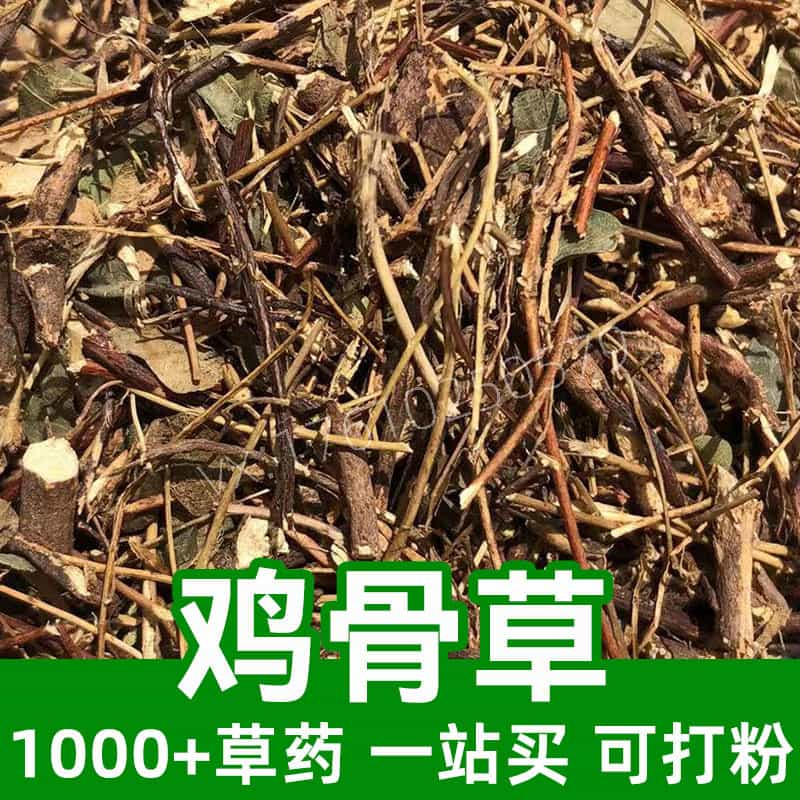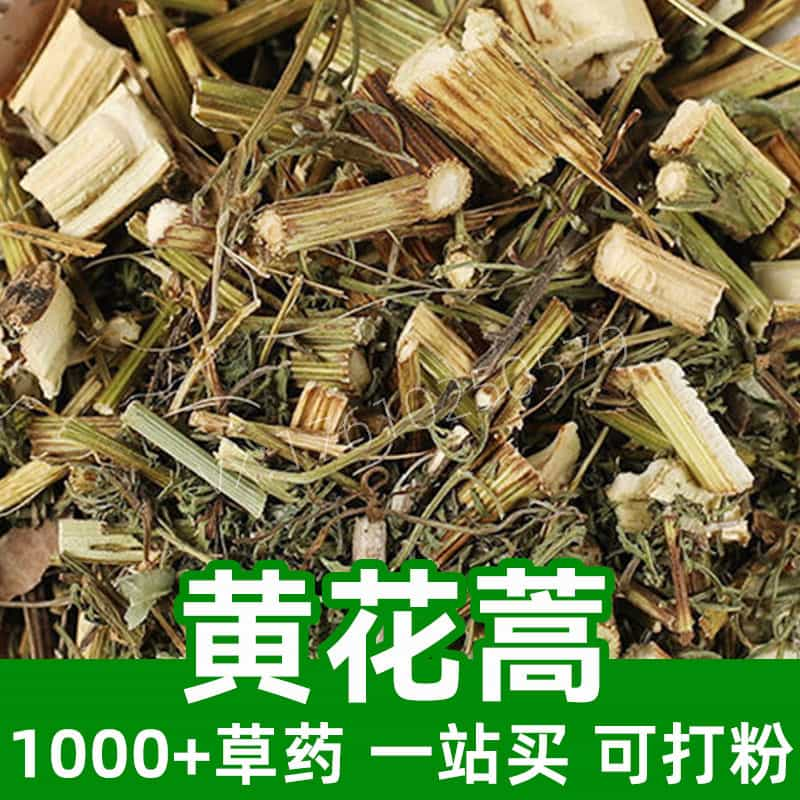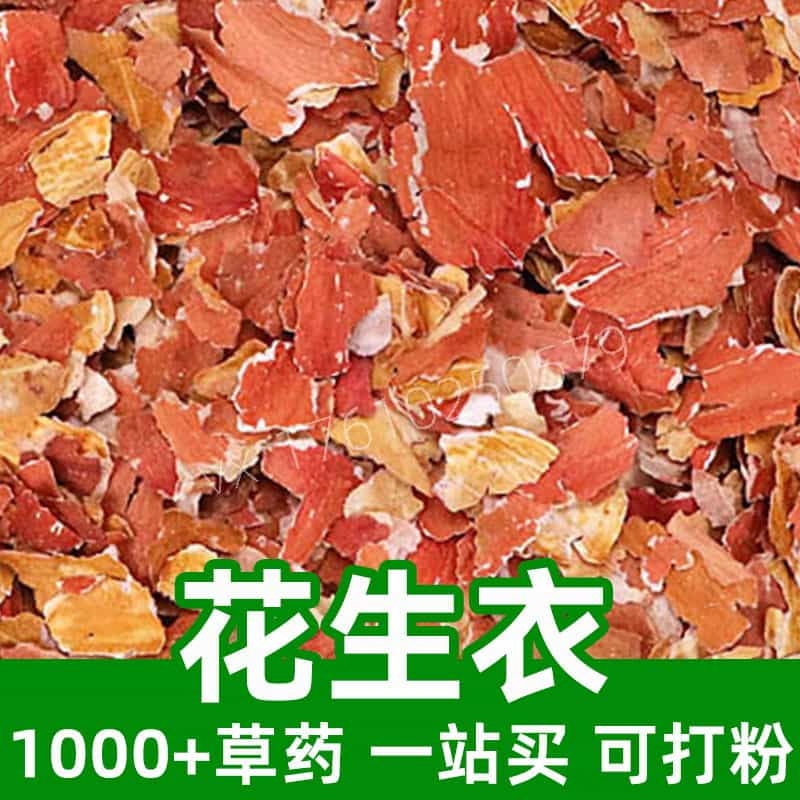Product Introduction
Mountain Mushroom, scientifically known as Trametes versicolor, is a revered fungus in traditional Chinese herbal medicine and cuisine. Often referred to as "Yunling," it is recognized for its distinct, colorful caps that resemble the layers of a mountain. This mushroom thrives in temperate forest environments, often on decayed trees, indicating its role as a natural decomposer in its ecosystem. Its unique flavor profile makes it a sought-after ingredient in various culinary traditions, while its potential health benefits have earned it a place in herbalism.
The primary components of Mountain Mushroom include polysaccharides, particularly beta-glucans, which are known for their immune-supporting properties. The rich antioxidant profile of this mushroom includes triterpenes, contributing to its appeal in wellness circles. While numerous studies have focused on its pharmacological properties, Mountain Mushroom remains a staple in modern cuisine, celebrated for both its flavor and nutritional content. Its versatility allows it to be used in soups, teas, and broths, making it a popular choice among those who appreciate both culinary and health benefits.
Main Active Ingredients
Mountain Mushroom is particularly renowned for its high concentration of bioactive polysaccharides, primarily beta-glucans. These complex carbohydrates have been widely studied for their potential effects on the immune system, acting as immunomodulators that can enhance the activity of immune cells. These polysaccharides can stimulate macrophages and natural killer cells, which are crucial components of the body's defense mechanism.
In addition to polysaccharides, Mountain Mushroom contains significant amounts of triterpenes, a class of chemical compounds known for their anti-inflammatory and antioxidant properties. Triterpenes have been shown to scavenge free radicals in the body, thereby reducing oxidative stress and potentially lowering the risk of chronic conditions related to inflammation.
Furthermore, this mushroom is packed with vitamins, such as B vitamins, which are essential for energy metabolism and overall health. It also contains minerals like zinc and selenium, which support various biochemical functions in the body, including enzyme activities and the formation of antioxidant enzymes.
The antioxidant activity of Mountain Mushroom makes it popular not only in herbal medicine but also in the culinary sector, where it contributes to both flavor and nutritional value. Overall, the combination of these active ingredients showcases Mountain Mushroom's role as a functional food and a valuable herb in traditional medicine.
Product Application Scenarios, Usage, and Dosage
In traditional Chinese medicine (TCM), Mountain Mushroom is often utilized for its potential ability to enhance vitality and promote overall well-being. Its applications include usage in teas, decoctions, and culinary dishes where it can impart a rich, umami flavor. The recommended dosages can vary depending on the form of consumption. For powdered forms, a common dosage ranges from one to three grams per day when mixed with warm water or incorporated into soups.
In culinary uses, Mountain Mushroom can be sautéed, added to stir-fries, or brewed in broths, lending its unique flavor while also boosting the dish's nutritional profile. Chefs and home cooks alike appreciate the slight sweetness and earthy undertones Mountain Mushroom brings to a variety of meals.
Traditional herbalists also recommend this mushroom in conjunction with other herbs to create synergistic blends that may support health in a holistic manner. It can be combined with other adaptogenic herbs to enhance resilience to stress or mixed with warming spices for digestive support.
When embarking on a regimen that includes Mountain Mushroom, it is advisable to start with a lower dose and gradually increase depending on individual tolerance and the desired effects. Consultation with a trained herbalist or healthcare provider is recommended, particularly for those with underlying health conditions or those taking medications.
Introduction to the Source Plant, Distribution, and Growth Environment
Mountain Mushroom, or Trametes versicolor, is a widely distributed fungus that thrives primarily in deciduous and coniferous forests around the world. It typically grows on dead or decaying wood, particularly logs, stumps, and tree bases, where it plays a crucial role in the decomposition process. This saprophytic nature means it helps recycle nutrients back into the ecosystem, supporting forest health.
Cultivated primarily in East Asia, including countries like China and Japan, it can also be found in North America and parts of Europe. Its preference for moist, shaded environments means that it flourishes in temperate climates, especially during periods of high humidity and rainfall.
The morphology of Mountain Mushroom is striking, characterized by its colorful, concentric zones of coloration that change with the age of the mushroom. Young specimens are more vibrant, whereas older versions may dull in color. Harvesting typically takes place in late summer to early autumn, when the mushrooms are at their peak.
This unique growth pattern not only contributes to its usefulness in herbal applications but also highlights the importance of sustainable harvesting practices. Cultivating Mountain Mushroom in controlled environments allows for easier management of its growth conditions, leading to a more reliable herbal product for both culinary and medicinal use.
Harvesting, Processing, and Storage
Harvesting Mountain Mushroom should be undertaken with care to ensure sustainability and preservation of its ecosystem. Wild harvesting involves identifying mature specimens, typically from decaying wood, and should be done at the right time of year to reinforce the mushroom's quality. Harvesting should be done with minimal disturbance to the surrounding environment, ensuring the longevity of fungal populations.
Once harvested, Mountain Mushroom is usually cleaned of debris and excess dirt, as it often grows on less-than-pristine wood. The mushrooms can be utilized fresh or dried; the drying process involves maintaining low temperatures to preserve the active components while ensuring thorough dehydration. Proper drying prevents mold growth, a common concern with moisture in harvested fungi.
For storage, dried Mountain Mushroom should be kept in an airtight container in a cool, dark, and dry place. Exposure to light and moisture can significantly degrade both flavor and efficacy. Many prefer vacuum-sealed bags to extend shelf life. For fresh mushrooms, refrigeration is advisable, but they should ideally be consumed within a few days following harvest to retain maximum freshness and flavor.
If using powdered forms of Mountain Mushroom, it is best to store them in dark glass jars or opaque containers to limit exposure to light. With some careful handling and attention to storage conditions, Mountain Mushroom can maintain its potency and flavor profile for an extended period, making it a valuable addition to both culinary and health-enhancing routines.
Monica Sun is a seasoned expert in the natural raw materials industry, with over a decade of experience specializing in traditional Chinese medicinal herbs, spices, and fungi. She is skilled in the sourcing, processing, and application of these materials, emphasizing sustainability and innovation. Monica Sun has contributed to the development of high-quality natural raw materials that serve as essential components in functional foods, pharmaceuticals, and cosmetics, delivering tailored solutions to meet diverse market needs.















